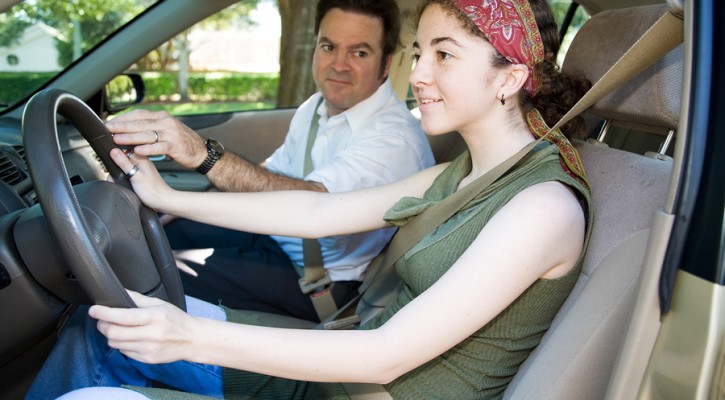
Setting a Good Driving Example for Your Teen
February 20, 2009
Many parents hope that when they teach their teenagers how to drive, their children will do as they say, not as they do, when it comes to driving. But this hope may be unrealistic. Research indicates that children mimic their parents’ driving behaviors from as young as two years of age, so a parent’s bad driving habits may be deeply ingrained by the time training for a driver’s license begins. And teens are notoriously intolerant of what they view as hypocritical advice. When this is combined with over-confidence in their own abilities, your teen could develop bad driving habits early in the training process.
Before you begin teaching your teen to drive, it is a good idea to review and correct any poor driving habits you have developed over the years of driving. Remember that when your teen repeats these behaviors, s/he is doing so without the benefit of your years of driving experience and highly developed driving skills.
A good first step is to review your driving handbook. This will also assist you in knowing what important beginning driver training concepts to reinforce during lessons with your teen. As you review the handbook, make notes on the driving behaviors you need to change. For example, many drivers become lax about using the turn signal every time they change lanes, pull out from a parking space, enter or leave an expressway, or turn at intersections.
Lax driving behaviors are more likely to occur in familiar settings, so pay particular attention to your driving as you travel to and from work and school and on errands. Pretend that these routes are unfamiliar to you. How would you change your driving behavior? Take different routes to and from work, school and errands. Does your driving improve?
Third, begin training early by talking to your teen about your own driving behaviors. As you drive, point out potential hazards as you scan ahead. When you take action, explain what you are doing and why.
Teaching teens to drive should be a process, not an event. It’s important to realize that whether you intend to or not, you are teaching your child to drive every time you get behind the wheel with your child as a passenger.
